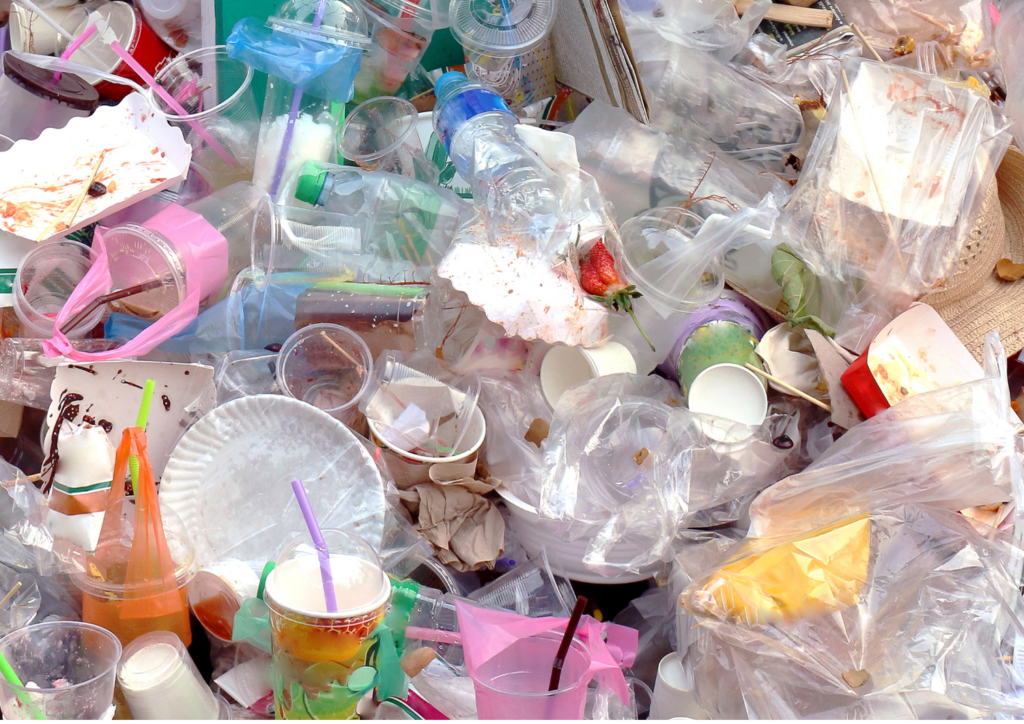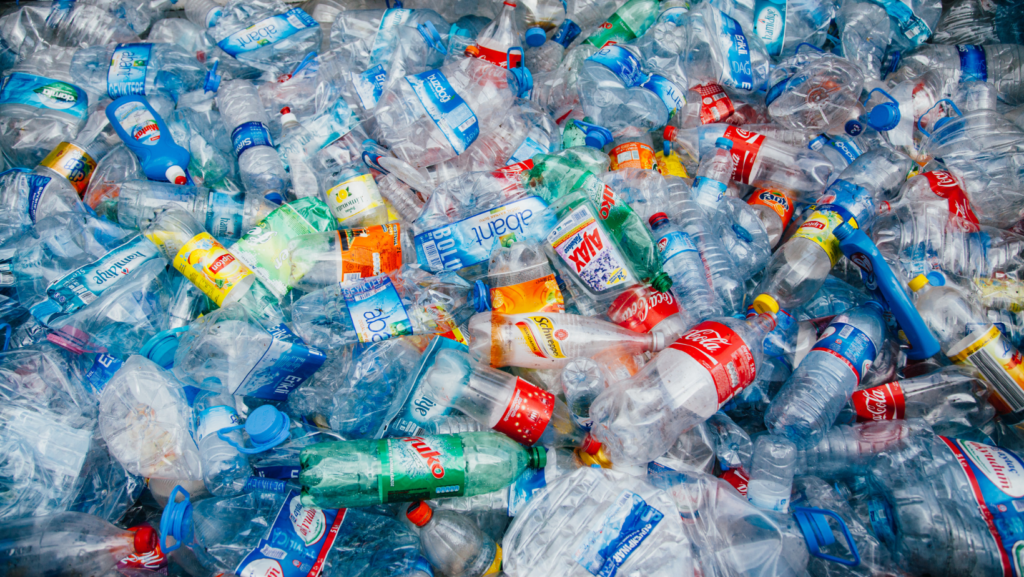By the end of this year, businesses in Canada will no longer be able to sell or distribute single-use plastic grocery bags. This is a welcome development for our environment, but as we prepare to bid adieu to the flimsy bags that have plagued us for so many years, you may be wondering—are reusable grocery bags really the best alternative? This question is probably particularly pressing if you’re greeted by a seemingly ever-growing mountain of reusable bags every time you open your cupboard.
So let’s dive in—are these bags really the better option? And if so, what are we to do when those reusable grocery bags start piling up?
Are reusable bags better than plastic bags?
The short answer is—yes. Here’s the long answer:
Reusable grocery bags are without a doubt a better option than single-use plastic bags as long as we actually reuse them. You may have heard that the environmental impact of manufacturing a cotton bag is actually greater than that of a plastic bag. Well, that’s true. But those two items are not and should not be used in the same way. And that matters a lot.

The plastics industry has spent the last 70 years trying to convince us that everyday items should be disposable. That it’s ok to use something once and then throw it away. Of course they want us to think that—it means they can keep selling us a never ending supply of single-use garbage! And therein lies the key difference: A flimsy plastic bag is designed to be used once and thrown away. A durable cotton bag is designed to be used hundreds of times.
Sure, if you do a one-to-one comparison, the environmental impact of making one cotton bag exceeds that of making one plastic bag. But 15 BILLION plastic bags are used and thrown away each and every year in Canada. And no one is suggesting we replace 15 billion plastic bags with 15 billion cotton bags. Let’s break it down…
How many plastic bags does a reusable bag replace?
Let’s say you grocery shop once a week and you take 5 bags of groceries home with you each time. If those 5 bags are flimsy plastic ones that quickly get thrown in the trash, you’ll easily be going through 260 plastic bags per year. That’s 260 bags that are pretty much guaranteed to end up in a landfill or littered in the environment. Now, let’s say you start taking 5 reusable cotton bags with you on your weekly shop instead. The math gets pretty simple…that’s 5 bags per year. In fact, it’s just those 5 bags for as many years as you’re willing to keep reusing them. One cotton bag might have a larger footprint than one plastic bag, but it has a significantly smaller footprint than hundreds of them.
The reusable bag problem
While it’s certain that reusable bags are the way to go, there’s one caveat to all this that’s important to note: those reusable bags often start to pile up. We’ve all been there. You pull into the grocery store parking lot, look in the back seat and…you’ve forgotten your reusable bags. You buy five new reusable bags at the checkout and vow to remember them next time. Famous last words.
And then there’s the issue of grocery delivery services, which many of us relied on during the pandemic and that some of us rely on to this day for a myriad of accessibility reasons. Every week, another 5 reusable bags show up on your porch. Suddenly our simple math equation starts to fall apart and you find yourself inundated with mountains of reusable bags.
What do do with all those reusable grocery bags
So what do we do when the reusable bags start to pile up? Here’s three ideas for when you start to feel a little overwhelmed:
-
- See if there is a “take-a-bag-leave-a-bag” program in your area. Many smaller shops and neighbourhood organizations have started these neat programs which allow shoppers who forgot their bags or have too many to help each other out.
- Donate them to your local food bank. Your local food bank may well be in need of reusable bags! You’ll get some bags off your hands, and the food bank will send folks home with the food they need in environmentally friendly packaging.
- See if your local thrift store has a reusable bag library. Thrift stores like the Salvation Army have launched programs like the reusable bag library which allows you to donate your bags so they can offer them free of charge to shoppers at the checkout.
Enter: The Returnable Bag
The above suggestions are all great options for how to handle the overwhelming number of reusable bags at the individual level. But to really solve the reusable bag problem we need to go one step further: we need returnable bags. And we need them on a large scale. In order for this to work, we must develop a convenient and affordable system that will allow us to take a bag when we checkout from any major grocery store, and bring it back there when we’re done with it. We need a system that allows us to leave last week’s bags out on the porch to be picked up when our new ones are delivered.
So how do we get there? As much as we admire them, these are not problems that small community level operations can solve by themselves. And we know the industry won’t do it voluntarily. In order to make this happen, we need governments to both require and help support these types of reuse programs.
Until that day comes, let’s keep the pressure on!










